February 24, 2022
Step One for Sustainable Packaging Efforts: Get Credit
Let’s talk facts.
92% of consumers purchased or planned to purchase a product with social or environmental benefit in the past 12 months.
87% would buy a product with a social and environmental benefit given the opportunity, according to a recent Cone Corporate Social Responsibility Report.
But what does that mean to us in 2022? Corporate responsibility matters. More now than ever. From our proprietary Gen Z Study, Z World, conducted in collaboration with our sister agencies, Cowan and Lonsdale, we learned just how important CSR is to this new, powerful generation.
“80% of Gen Z think brands have a role to play by having a mission or purpose.” That purpose is often to serve the greater good and make a difference for generations to come.
Brought up in an age of recycling, conscious consumerism, and diversity education, Gen Z is aware of the social and environmental challenges the world currently faces. According to a recent Psychology Today piece, Tim Eloine argues that Gen ZGen Z attempts to correct their parents’ generation, often feeling that their parents don’t understand social media and technology the way they do. As a result, they may identify with their parents but feel responsible for righting the wrongs (of their elders).
In almost every business conversation, sustainability or corporate social responsibility plays a part of the conversation. We are all rethinking, reducing, recycling, reusing, and replacing to achieve goals.
But the best thing we can all do? It’s easy: Take credit and report your actions.
How do we do that?
- Report your efforts. Seems simple? Many companies don’t know where to start. Using environmental impact tracking through TrackPack or another work management system can make your efforts measurable, especially for large product lines or portfolios. Even small packaging evolutions can make a measurable difference.
- Use packaging claims and labeling to communicate efforts. There are several elevated claims available to qualifying products. As we educate the world on sustainability and what that means to packaging, this language will become more and more commonplace in CPG. Make sure to add claims or back-panel language to get credit where credit is deserved.
- Align with organizations such as the Sustainable Packaging Coalition and GreenBlue to keep up to date on the latest sustainability trends and information. Following the Recycled Material Standard and keeping up to date with collaboratives, projects, and news can be a differentiator.
- Seals of approval give consumers confidence and trust in your product. There are several seals of approval to consider when meeting environmental or green standards. For example, meeting the Green Seal’s standard allows products to use its certification on packaging to demonstrate that a product meets an exemplary standard. NSF (National Sanitation Foundation) is a nonprofit organization whose goal is to create standards and promote public health. “NSF Sustainability Certified” means that products have gone through rigorous testing to comply with standard requirements. Good Housekeeping Green is another seal of approval that requires products to have measurable environmental impact.
- Use iconography and design graphics to communicate packaging changes quickly and effectively. Given that recyclability is a decision-making factor at point-of-purchase, let’s ensure we are telling our story efficiently to consumers through clear graphics and stories.
Want to learn more? Let’s talk.


